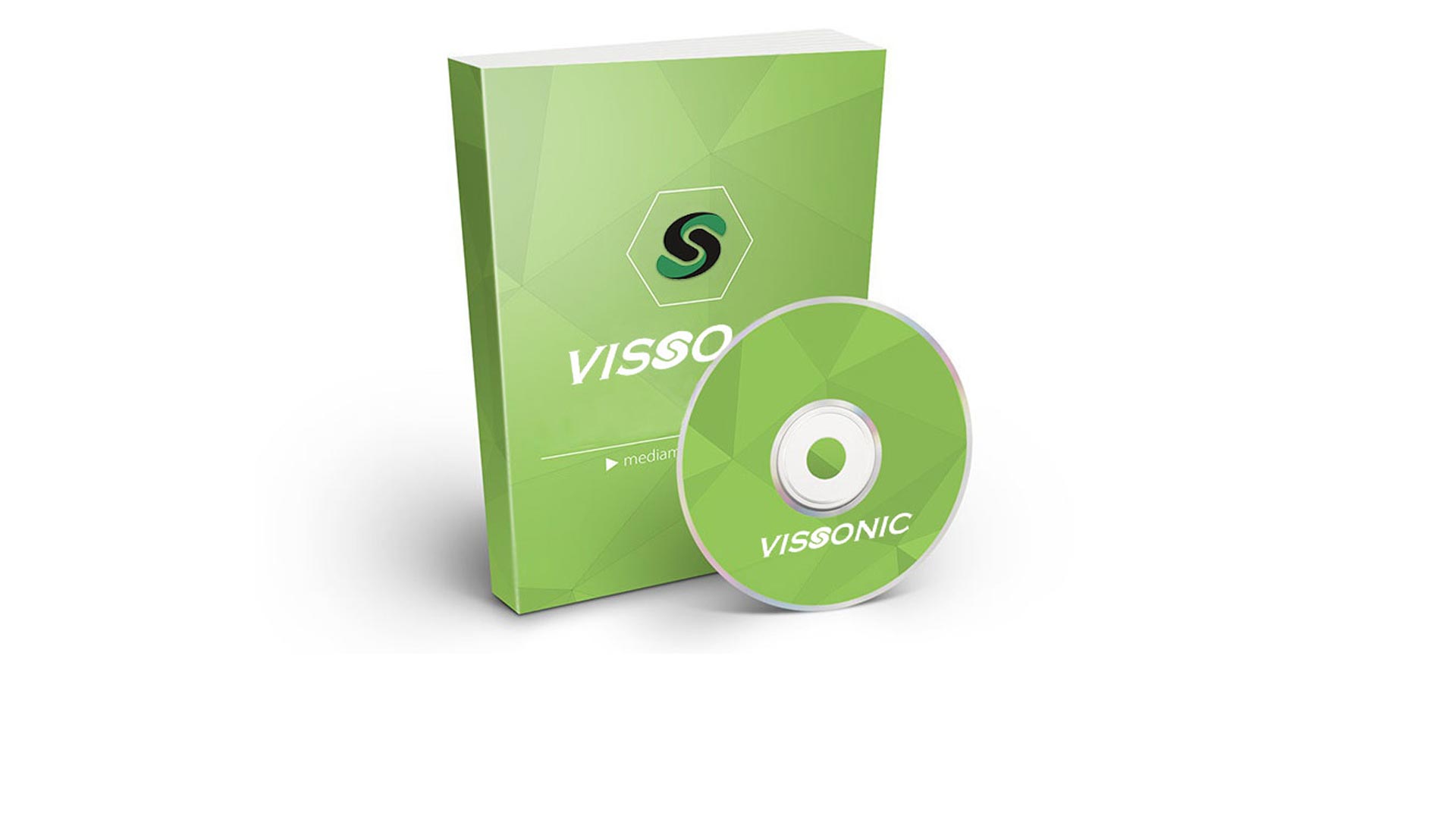How to Choose the Right Conference System?
A conference system is a set of equipment that allows groups of people to communicate effectively in a meeting or conference room. It typically includes microphones, speakers, and other components that help to improve the clarity and quality of communication. Choosing the right conference system can be a challenging task, especially for those who are not familiar with the technology. In this article, we'll take a look at some of the factors to consider when choosing a conference system.
Size of the room
The first thing to consider when choosing a conference system is the size of the room where it will be used. A small conference room may only require a basic system with a few microphones and speakers. However, larger rooms will require more advanced systems with more microphones, speakers, and additional features such as echo cancellation and noise reduction.
Number of participants
The number of participants in the conference is also an important factor to consider. A system that is designed for 10 participants may not be suitable for a conference with 50 or more participants. It's important to choose a system that can accommodate the number of participants in your conference.
Multi-media Digital Conference Unit with Touch Screen
Audio quality
The audio quality of the conference system is critical for effective communication. Poor audio quality can lead to misunderstandings, confusion, and frustration. It's important to choose a system that delivers clear, natural sound with minimal distortion. Look for systems with advanced features such as echo cancellation and noise reduction, which can help to improve audio quality.
Video quality
In addition to audio quality, the video quality of the conference system is also important. If you plan to use video conferencing, you'll want to choose a system that delivers high-quality video with minimal latency. Look for systems that support high-definition video and have features such as auto-focus and auto-zoom.
Connectivity
The connectivity options of the conference system are also important. Look for systems that support a range of connectivity options, including Wi-Fi, Bluetooth, and USB. This will allow you to connect the system to a wide range of devices, including smartphones, tablets, and laptops.
Ease of use
Ease of use is another important factor to consider. A complex conference system that is difficult to use can be frustrating for participants and may lead to delays or mistakes. Look for systems that are easy to set up and use, with intuitive interfaces and clear instructions.
Price
Conference systems can vary greatly in price, depending on their features and capabilities. It's important to choose a system that meets your needs without breaking the bank. Consider your budget and look for systems that offer the best value for money.
Support
Finally, it's important to choose a conference system from a reputable manufacturer that offers good customer support. Look for systems that come with warranties and technical support, and read reviews from other users to get an idea of the manufacturer's reputation.
Types of Conference Systems
There are several types of conference systems to choose from, each with its own strengths and weaknesses. Here are some of the most common types of conference systems:
Audio conference systems: These systems allow people to participate in a conference call over a phone or computer using audio only.
Video conference systems: These systems allow people to participate in a conference call using both audio and video. Participants can see each other in real-time.
Web conference systems: These systems allow people to participate in a conference call using a web browser. Participants can share documents, presentations, and other files in real-time.
Unified communication systems: These systems combine audio, video, and web conferencing capabilities into one platform. They also include other communication tools like instant messaging, email, and voice over IP (VoIP) telephony.
Telepresence conference systems: These systems offer high-definition video and audio quality to create a lifelike meeting environment. They often include features like multiple screens and advanced audio systems to enhance the experience.
Hybrid conference systems: These systems combine in-person and remote conference capabilities, allowing participants to join from anywhere in the world using any device. They are ideal for companies that have a mix of remote and in-person employees.
If you need more information or support on conference system, please don’t hesitate to contact us at info@vissonic.com, we will try our best to support you.













